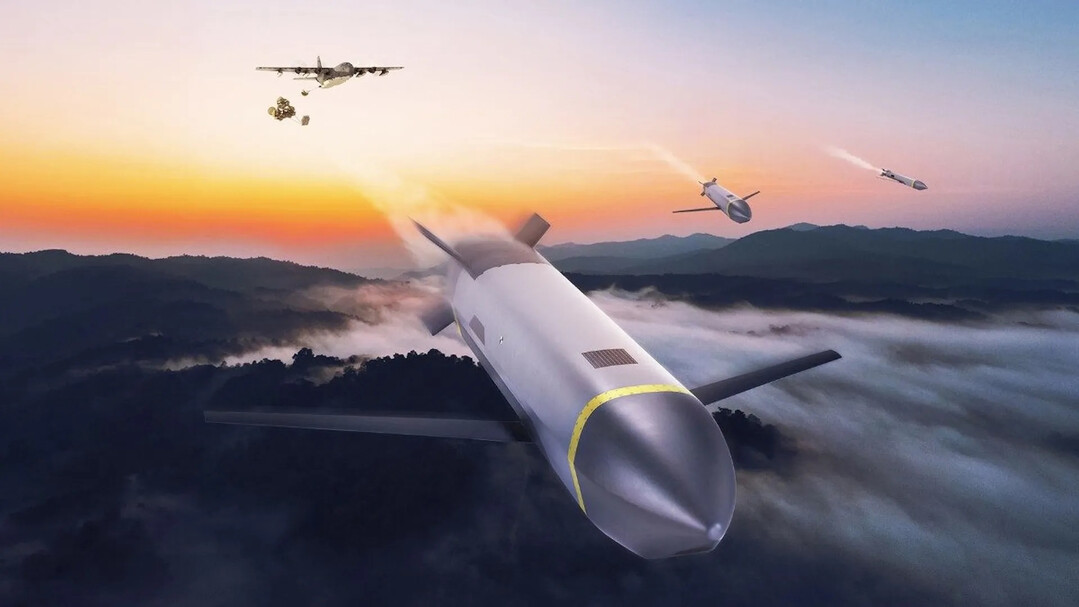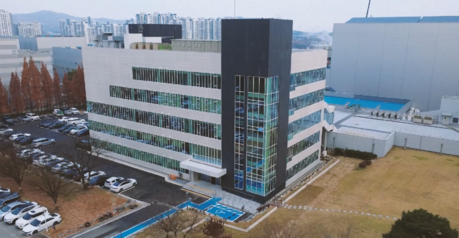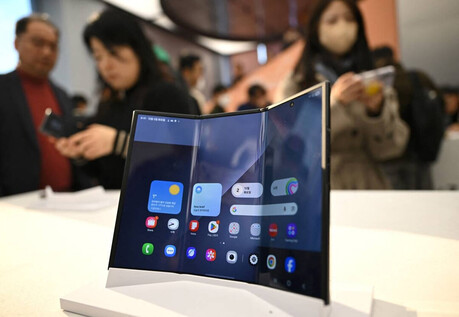
WASHINGTON D.C. — Global defense giant Lockheed Martin announced a strategic investment of $50 million in leading sea drone manufacturer Saildrone on Wednesday, October 29, 2025, unveiling an ambitious weaponization plan that will equip long-distance autonomous ships with high-powered missiles, including the famed Tomahawk cruise missile.
This move marks a significant technological leap, as it will be the first time autonomous surface vessels (ASVs) are fitted with high-powered missile systems. The initiative is a direct response to the U.S. Pentagon's strategy to counter China's burgeoning naval power in the Pacific and leverage the lessons learned from Ukraine's highly effective use of explosive sea drones against Russian warships in the Black Sea.
Equipping the Autonomous Fleet
Under the joint agreement, Saildrone's 72-foot-long 'Surveyor' vessel—an autonomous ship powered by wind, solar, and diesel for scientific data and intelligence gathering—will be modified to carry Lockheed's JAGM Quad Launcher (JQL) missile system and anti-ship missiles.
Crucially, the investment will also establish collaborative systems integration teams. Their mission will be to accelerate the design and manufacturing of larger Saildrone platforms capable of carrying the longer-range Tomahawk missiles and advanced submarine-detecting towed sonar arrays. The companies have announced plans to conduct live-fire demonstrations at sea in 2026.
Saildrone will retain the shipbuilding responsibilities, while Lockheed Martin will serve as the lead mission integrator, applying its defense technology expertise.
Naval Deployment and Industry Shift
Saildrone vessels have been utilized by the U.S. Navy for surveillance missions since 2021 and are currently operational "24/7/365 alongside American Sailors in combat theaters around the world," according to a joint statement. The company has already logged over 2 million nautical miles on various customer missions.
This partnership is a notable outcome of a recent legislative act, dubbed the 'Big Beautiful Bill Act' (BBBA) in July, which allocated $5 billion in funding for uncrewed vessels and maritime robotics. The investment is expected to create new jobs at Austal USA on the Gulf of Mexico coast, where Saildrone's larger systems are produced, with potential expansion to other U.S. shipyards. Austal USA is a subsidiary of Austal, an Australian maritime defense contractor in which Hanwha, a South Korean conglomerate, is pursuing an acquisition of a majority stake.
The collaboration signals a new era in naval warfare, pushing commercially developed autonomous systems into the forefront of lethal military applications.
[Copyright (c) Global Economic Times. All Rights Reserved.]






























